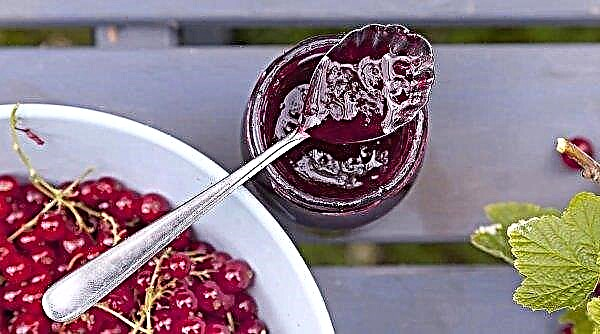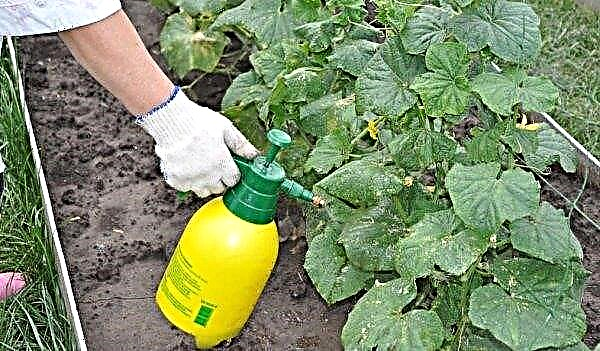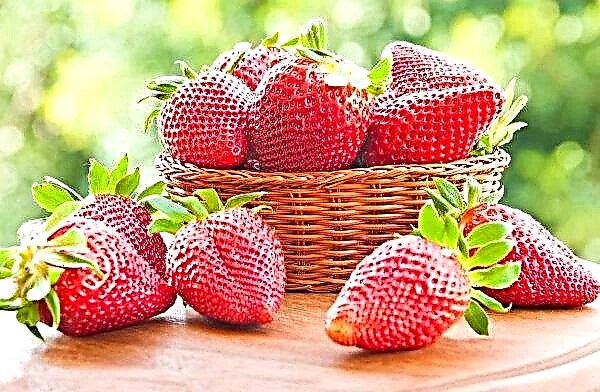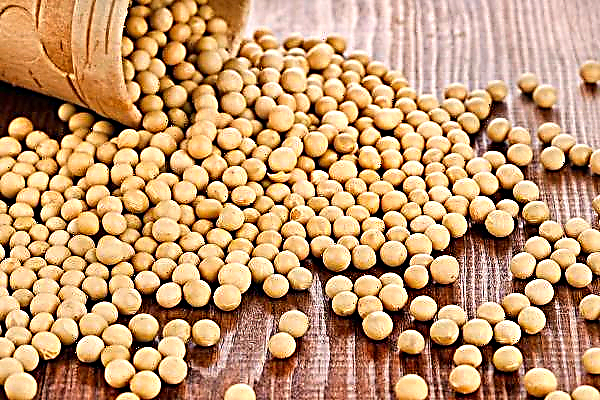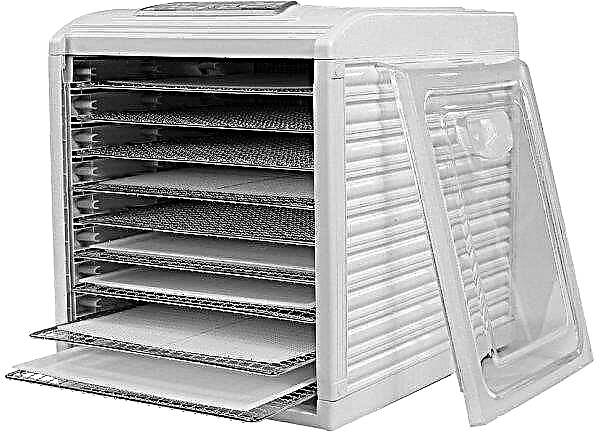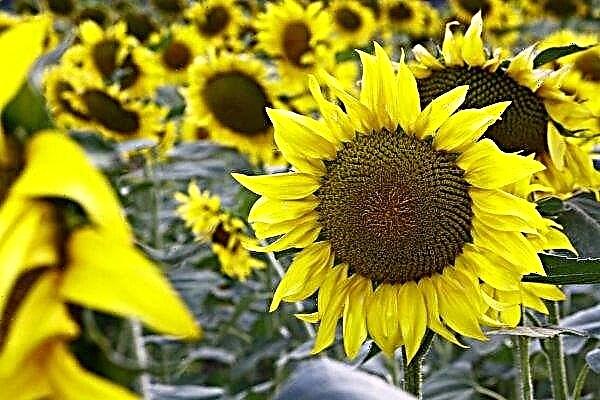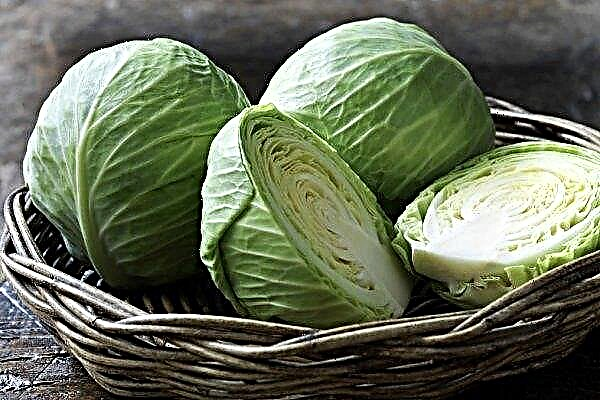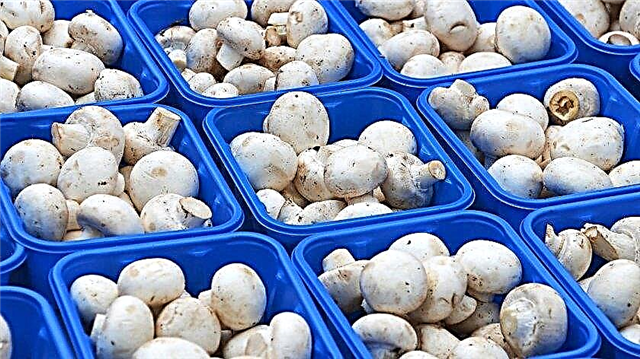Sudden changes in the weather, hot seasons can negatively affect both crops and family vacations, so a shading grid has become an important element in the inventory of any summer resident. You will learn about its varieties and uses in this article.
What is it and what is it for
A shading grid is a canvas due to which it is possible to create soft and diffused light inside the greenhouse or canopy. It protects plants from direct sunlight and pests, birds.

Areas of use:
- UV protection. The net effectively helps protect seedlings from the harmful effects of direct sunlight. It lets water through, but protects against gusts of wind, light rain and hail. Promotes uniform distribution of sunlight within the structure. This positively affects the development of the green parts of plants, and also accelerates the periods of flowering and fruiting.
- Creation of a canopy. Shading net is convenient to cover the gazebo, make awnings in various recreation areas. Its compactness and light weight allow you to take it to nature, beaches and picnics. It will shelter from rain and wind, protect from annoying insects and at the same time will not exacerbate the heat inside. When using it, there is no greenhouse effect.
- For fencing. It can be stretched like a fence, protecting the territory.
The degree of shading can vary from 37 to 90%.
Video: fence on a summer cottage from a shading grid
Pros and cons when using
- Shading mesh has many advantages:
- wide scope;
- usually made of durable materials, therefore, characterized by durability;
- it’s easy to work with, one person can handle it;
- Saves from the harmful effects of environmental factors (sun protection, protection from insects and birds);
- does not rot;
- not subject to corrosion.
Important! Shade mesh can be left for the winter — She is not afraid of snow and humidity. Even, on the contrary, the surface covered by it is more likely to be freed from snow.
- However, there are a number of disadvantages:
- you need to buy only high-quality materials, which can be costly;
- if a color coating is used, then over time it will fade in the sun and may lose its quality;
- during installation it can be damaged, so you need to carefully read the instructions.
Types of Shading Mesh
There are many types of shading nets that differ in purpose. If the coating is purchased to cover the greenhouse or as an independent canopy for plants, then you need to determine the density.

According to the degree of density of the coating there are:
| 45% |
|
| 60% |
|
| 70% |
|
| 80% |
|
| 90% |
|
Also, the species vary in color:
- Red - accelerates the development of seedlings, causes flowering and ripening to come earlier, has a positive effect on the crop. Statistics show that plants over whose beds the red mesh is stretched reach a larger size than plants growing under different colors;

- Blue - slows down the development of plants. This can be very useful for market requirements, as maturation can be controlled in this way. In plants such as dill, lettuce, parsley and other greens, accelerates the development of the upper parts;

- Gray - accelerates the development of stems and twigs, increases the size of leaves, saves from sudden cold;

- Blue green - protects plants from direct sunlight, reduces the likelihood of mold and increases productivity;

- Mother of Pearl - positively affects the growth of seedlings, accelerating development.

Using different colored coatings, it is possible to accelerate or delay the ripening of the fruit up to 15 days.
Depending on the material used, there are:
- polycarbonate;
- polymer;
- fabric.
According to their properties, there are four types of shading nets: diffusing light, reflective, greenhouse and energy-saving.
Important! The red coating will contribute to the growth of shoots, which must be cut and break off, which will be an additional labor for the gardener. However, it will also affect the number of flowers and accelerate the ripening of the crop.
Light shade and diffuse mesh
One of the varieties of shading nets is scattering. The name speaks for itself: its function is to disperse the excess ultraviolet. Thanks to the special structure, it provides an even distribution of light within the entire structure, thereby contributing to the development of seedlings.
All plants receive sunlight in equal portions, therefore, all will bear fruit at one time, which is extremely convenient for the gardener. Also, it does not allow direct sunlight to penetrate, thereby positively affecting the flowering and fruiting of seedlings. A similar effect without a scattering grid cannot be achieved.

Shading greenhouse mesh
It is ideal to take a greenhouse grid for the external covering of greenhouses. The effect will be noticeable precisely with external shading, since the internal does not prevent the penetration of heat. Such a coating is useful for film greenhouses, as it will save them from rain in the form of hail and rain. When using this option, it is important to remember that the windows should open without problems.
In hot stripes and in high-temperature seasons, a coating stretched over the roof of a structure can lower the temperature inside to + 10 ° C. In the autumn-winter seasons and cloudy days, when there is a shortage of light and heat, it can be easily removed. In Crimea, the season for the use of greenhouse nets begins in May, in other regions - in the summer months (based on weather conditions).
Video: why do you need a shade mesh in a greenhouse
Light shade and reflective mesh
The reflective properties of the grid are provided by a special material used for its manufacture. Aluminized polyethylene fiber is able to absorb up to 80% of sunlight. This is useful for growing crops that need a lot of shade.
For photophilous plants, this option is not suitable, since the passing rays will not be enough for their development. Due to the properties of its coating, the grid raises the temperature in the greenhouse at night and does not allow overheating during the day. And promotes photosynthesis of plants, by increasing the scattered light inside.
Important! From February 21 to October 21 - the period with the receipt of maximum solar radiation. Use of coating is required.
Energy-saving shading net
For the manufacture of energy-saving type, synthetic yarns that are immune to ultraviolet are used, in which a foil yarn is additionally woven. In the evening and at low temperatures, it retains up to 15% of the heat inside the structure.
The warm air currents during cooling are partially kept inside due to reflection from the foil coating. Reduces the risk of damage to crops by sudden night frosts. With a rational arrangement, it is able to save up to 60% of heat compared to normal conditions in a greenhouse.

Which is better
The choice of a suitable grid, first of all, depends on the purpose of its use:
- For growing light-loving plants in a greenhouse, it is better to take a scattering grid with a density of 40 to 50%.
- For growing vegetables and herbs in a greenhouse, a greenhouse option with a density of 50 to 70% is suitable.
- For greenhouses in extremely hot weather, a reflective option with a density of up to 85% is suitable.
- In cold weather, it is good for greenhouses to use energy-saving with a density also up to 85%.
- To create fences and canopies, it is better to take a reflective one, it will not allow overheating, for example, to cars.
- To create a shelter over recreation areas, a scattering grid is well suited. Here you can take with a high density.
It is best to take a quality product from reliable material. It is believed that the most reliable today is polycarbonate. The mesh of this material is durable and durable, and also not subject to decay. Its service life may be 5-6 years.
How to install
You can attract craftsmen to the installation, but everyone who wants to can can cope independently. The main thing is to read the instructions in the kit. The installation method depends on the type of construction that needs to be shaded.

To the greenhouse
A shade mesh is pulled onto the greenhouse roof over the main cover. Such its use is popular not only in summer cottages, but also in industrial structures. On the edges you can find holes for the tensioning fasteners. If they are not there, then the fasteners can be replaced with wire or thread.
Did you know? There is also a camouflage view of grids with a density of 90%. It allows you to hide construction objects and can make a person on the ground invisible at a distance of 20 steps.
You can also use for mounting:
- clips (disposable and reusable);
- different screeds;
- construction gun;
- stitching the paintings together.
Video: how to install a sun net on a greenhouse
As a canopy
To begin installation, a supporting structure or frame is required. If it is not, then you can create it yourself from beams, pipes and other improvised materials. Next, the coating is stretched over the structure and fastened with ties or ropes.
The most important thing is to securely fasten the structural support elements, since the fall of the mesh is not dangerous, it is extremely light, but the beams can cause harm. Also, do not be afraid of the wind, due to its structure, it does not have sail.

After reading this article, you will be able to determine the type of shading grid that you need, as well as independently install it, whether it is a greenhouse or a canopy.






